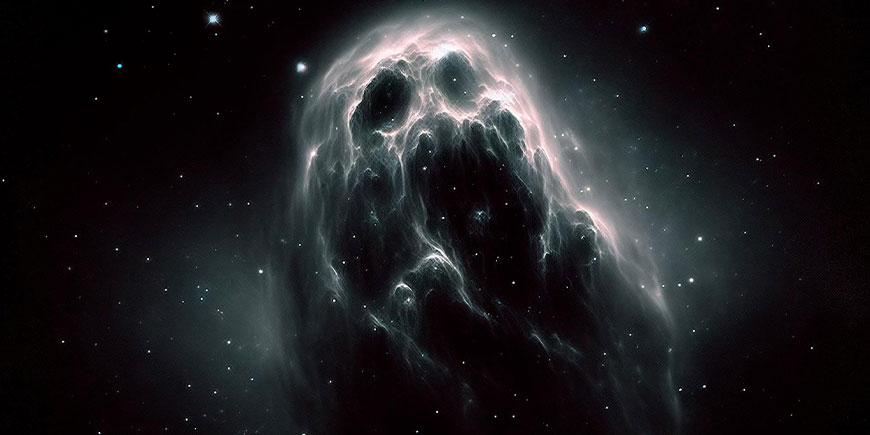The James Webb Space Telescope has discovered a cosmic monster that challenges assumptions about the early universe.
A new image released by the James Webb Space Telescope (JWST) shows a massive and dusty galaxy producing hundreds of stars per year, challenging previous hypotheses about the rarity of such star-forming activity in the early universe.
Previously observed as a bright spot by the Hubble telescope, the galaxy AzTECC71 has now appeared in data from the James Webb telescope.
AzTECC71: The dusty galaxy that challenges theories of the early universe
The James Webb Space Telescope (JWST) has discovered AzTECC71, a faint and dusty galaxy capable of forming numerous stars from the early universe, challenging previous hypotheses about the distribution and formation of galaxies and providing new insights into cosmic history and galaxy evolution.
This spectral object, which first appeared as a bright spot and then disappeared completely from Hubble’s images, has now reappeared as a faint but distinct galaxy in a JWST image.
The artists‘ impressions portray AzTECC71 as a ghostly entity, suggesting potential changes in scientists’ understanding of the prevalence of star formation.

The COSMOS Web Project
Described as a “real monster” by Jed McKinney, a postdoctoral researcher at the University of Texas at Austin, AzTECC71 forms hundreds of stars every year, offering potential insights into a hidden population of galaxies.
“Although it looks like a small bubble,” says McKinney, “AzTECC71 is forming hundreds of new stars every year. The fact that this is barely visible in the most sensitive images from our new telescope is very exciting. It probably indicates that there are many more galaxies that we have yet to discover.
If confirmed, these findings could mean that the early universe contained much more dust than previously thought. The COSMOS Web project – JWST’s largest primary research initiative – is led by UT Associate Professor Caitlin Casey and aims to map up to 1 million galaxies in a region of the sky the size of three full moons.
The research team, formed to study the earliest structures of the Universe, consists of more than 50 researchers who have logged 250 hours of observations during JWST’s first year. They received the first batch of data in December 2022, with additional data expected in January 2024.

Why are these galaxies so difficult to detect?
Dusty galaxies like AzTECC71 are difficult to observe in optical light because the dust absorbs and re-emits light at longer, redder wavelengths. Before the James Webb Space Telescope (JWST), these galaxies were known as “Hubble Dark Galaxies”, due to the lower sensitivity of the Hubble Space Telescope.
McKinney points out that our understanding of the evolutionary history of galaxies has been limited because previous observations have focused only on less dusty, unobscured galaxies. “Until now, the only way to observe galaxies in the early universe has been through optical light with Hubble,” explains McKinney. “This means that our understanding of the evolutionary history of galaxies has been distorted because we have only seen unobscured, less dusty galaxies.”
AzTECC71 was first identified as a dusty emission bubble by the James Clerk Maxwell Telescope in Hawaii, which detects wavelengths in the far infrared and microwaves. The COSMOS Web team then identified the object in data from the ALMA telescope in Chile, which provides higher spatial resolution and observes in the infrared. JWST observations at 4.44 microns revealed a faint galaxy at the same position, demonstrating the telescope’s ability to detect previously invisible cosmic objects.
The team’s results were published in “The astrophysical Journal“.
Galactic revelations from JWST reveal cosmic dust
Dusty galaxies, often elusive to optical observations due to dust absorption and re-emission, are now within reach thanks to the James Webb Space Telescope (JWST) and its advanced infrared capabilities.
The team is now working to discover more faint JWST galaxies.
“With the James Webb Space Telescope, we can for the first time study the optical and infrared properties of these hidden galaxies, which are heavily obscured by dust, because it is so sensitive that it can peer into the furthest reaches of the galaxy,” McKinney said.


